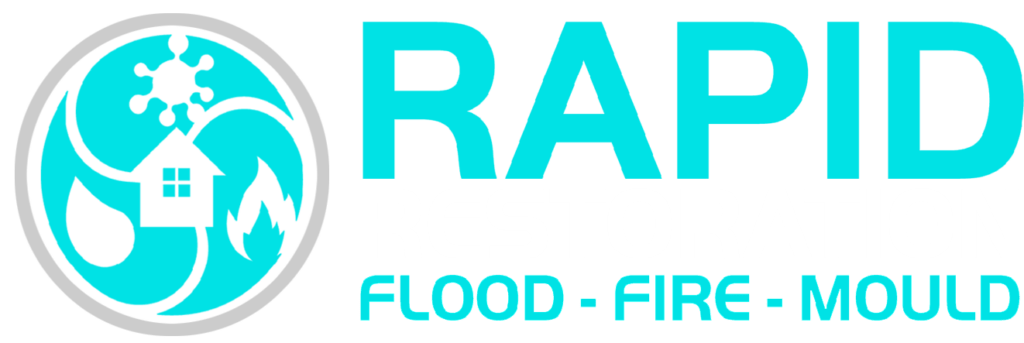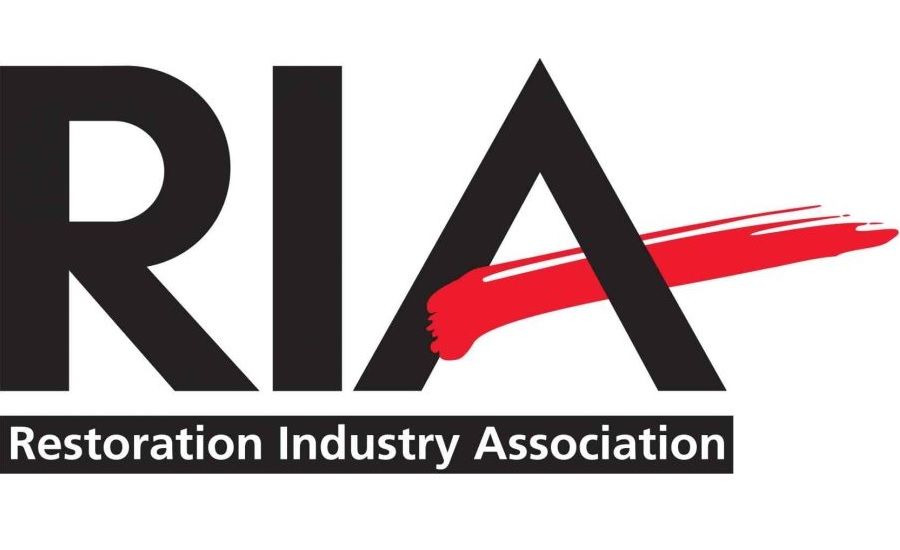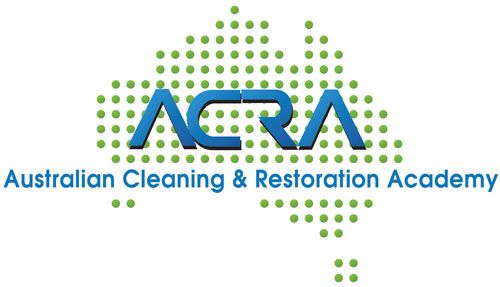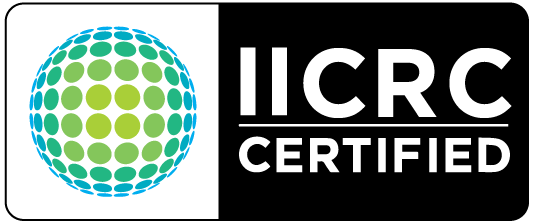Hi, I'm a global tooltip.
- 5-Star Rated ⭐⭐⭐⭐⭐
- Get A Quote 1300 380 702
- Serving Brisbane & Gold Coast





Excess moisture is the primary factor that contributes to mould growth. It can result from various sources, such as leaks, condensation, high humidity levels, or water damage from floods or plumbing issues. Areas prone to moisture, such as basements, bathrooms, kitchens, and areas affected by water damage, are particularly susceptible to mould growth.
Inadequate airflow and ventilation can create stagnant conditions that promote mould growth. Areas with poor ventilation, such as poorly ventilated bathrooms or rooms with limited air circulation, can trap moisture and provide an ideal environment for mould to thrive.
Mould requires organic materials as a food source to grow. Common organic materials in buildings include wood, drywall, wallpaper, carpets, fabrics, and insulation. When these materials are exposed to moisture, they can become a breeding ground for mould.
Mould can have adverse effects on both the structural integrity of a building and the health of its occupants. Some potential health risks associated with mould exposure include following.
Mould spores are responsible for leading you to allergic reactions. If you are allergic or sensitive to mould, you should be mindful about this. The symptoms of allergic reactions include watery eyes, coughing, sneezing, skin irritation, and nasal congestion.
Continuous exposure to mould can lead to respiratory problems, especially in individuals with pre-existing conditions such as asthma or respiratory allergies. It can cause or exacerbate symptoms like wheezing, shortness of breath, chest tightness, and respiratory infections.
Direct contact with mould or its spores can cause skin irritation, itching, and redness. In some cases, it may also lead to eye irritation or inflammation.
Certain types of mould, such as black mould (Stachybotrys chartarum), may produce mycotoxins. Prolonged exposure to these mycotoxins can potentially lead to more severe health issues, including neurological symptoms, respiratory problems, and immune system disorders. However, you need to understand that toxic mould is relatively rare, and most moulds do not produce mycotoxins.

Proper moisture control is important in preventing mould growth. Encourage readers to promptly fix any leaks, improve ventilation in damp areas, and use dehumidifiers in spaces prone to high humidity.
Regularly inspecting your property for signs of water damage, leaks, or condensation can help identify and address issues before they escalate and contribute to mould growth.
Good airflow and ventilation are essential in reducing moisture and preventing stagnant conditions. Advise readers to ensure adequate ventilation in areas such as bathrooms, kitchens, and laundry rooms.
In the event of a water leak, flood, or other water-related incidents, prompt action is important. Encourage readers to address water damage quickly and thoroughly dry affected areas within 24-48 hours to prevent mould growth.
If you detect the presence of mould, you will need to go ahead with mould testing and confirm it. That’s where we can help. We offer comprehensive mould testing services, where you can be sure of the presence of mould in your living space.
Our certified mould inspectors use advanced testing methods to accurately identify the specific type of mould in your property. This identification is important because different mould species may require different remediation approaches. By understanding the exact type of mould, we can tailor our remediation strategies to effectively eliminate it.
During the assessment process, our experts assess the extent of the mould infestation. This evaluation helps determine the scope of the problem and guides our remediation efforts. By understanding how far the mould has spread, we can develop a comprehensive plan to address the affected areas thoroughly.





Rapid Restoration © 2023 All rights reserved